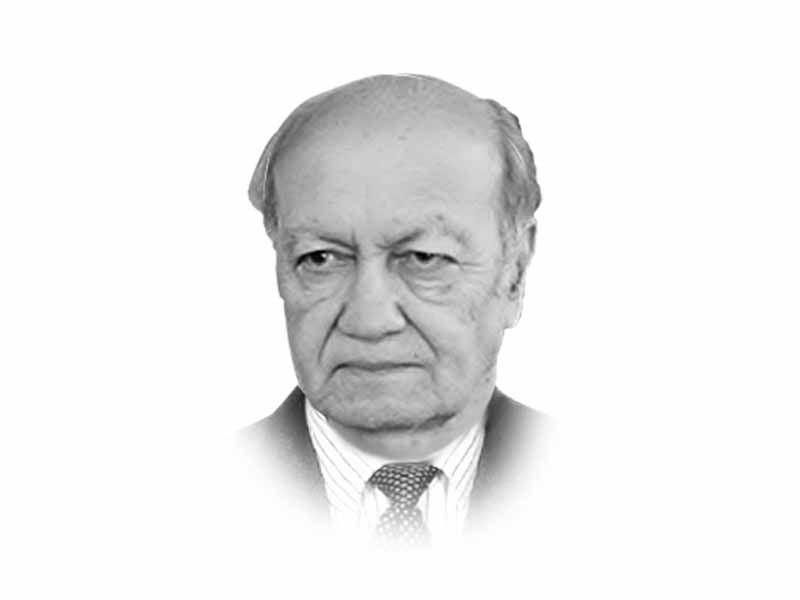
This arms sale by Russia is one of the largest defence deals valuing $5.3 billion. The S-400 S is considered to be a highly effective weapon. It is by far Russia’s most advanced long-range surface-to-air missile defence systems capable of destroying hostile strategic bombers, jets, missiles and drones at a range of 380km. Its earlier version has been in service with the Russian Air Force since 2007. Interestingly, it is already in service with the Chinese air defence. For India it will be a major addition to Indian defense capabilities, and no wonder, that the Indian air chief was gloating over it. The other significant aspect of this deal is that whereas India is suppose to be the closest strategic ally of Washington but at the same time it has maintained strong traditional ties with Moscow retaining autonomy and providing flexibility in strategic decision-making. Not surprising that Russia remains India’s major defence partner and over 50% of its inventory is still Russian made. This arms deal contravenes US sanctions regime imposed on Russia, but it is expected that Washington would give a waiver to India having few options to prevent any breach in their long-term relationship.
The indigenous production of the nuclear submarine Arihant that is capable of firing nuclear weapons has further emboldened PM Modi as was evident from his aggressive remarks directed against Pakistan.
In addition to these defence deals with major powers India has the most comprehensive defence cooperation with Israel. For Israeli defence companies India is now a major market and the likely prospect of manufacture of UAVs, missiles and radars through joint ventures between the two countries is underway. When US laws prevent sale of high tech defence equipment or technology to India it finds its way mostly through Israel. It was not surprising that PM Modi became the first Indian premier to visit Israel and was warmly received by PM Benjamin Netanyahu and several deals are expected. India’s growing ties with Israel further strengthen its relationship with the US as these ties are mutually reinforcing.
Indigenous development and acquisitions of sophisticated nuclear and missile systems are part of India’s long-term strategy to match Chinese capabilities and to play a dominant role in the region. What is generally overlooked that India exploits its relations both with the US and Russia to counter China’s growing economic and military eminence. Indian and the US interests also converge in their uneasiness about CPEC. A classic demonstration of this trend was reflected in Secretary of State Mike Pompeo’s remarks that Pakistan while seeking assistance from the IMF should ensure that the money is not diverted to CPEC projects.
India’s relations with Washington and other major global and regional powers, including Muslim countries, are based on economic and strategic considerations. It is shameful but not surprising that the world looks the other way while India brutally suppresses the Kashmiris in their genuine struggle for liberation. The misadventure of the Kargil conflict provides another convenient rationale for the major powers to freeze the status quo in Kashmir. And the memories of the alleged attack by Pakistan-based militants on Mumbai in 2008 in which more than 100 died, including a large number of foreigners, have yet to fade.
The Kashmir policies of the Congress and the BJP may not be fundamentally different but the gross human rights violations and raw power being exercised to suppress the indigenous movement has no parallel. Despite these setbacks the resolve shown by the Kashmiri youth and the sacrifices they are making have energised the freedom struggle as never before. And gives hope for the future.
Keeping the Line of Control hot apparently has the objective of distracting the attention of the international community from the gross human rights violations that are occurring in Kashmir. And to falsely project it as essentially a Pakistan-sponsored movement. The world powers are not naïve not to know the reality but it is their narrow national interests that mask the truth from being more openly acknowledged.
Despite India’s nuclear and conventional arms build-up, gross human-rights violations in Kashmir and its belligerent policy towards Pakistan, the PTI government has been trying to engage with New Delhi but with little success. Will there be any change after India’s national elections is a big question mark?
What was indeed ironic that while France and Germany have overcome their differences as was so powerfully reflected last week during the WWI Award ceremony, 100 years after the Armistice was signed, India and Pakistan were exchanging fire on the LoC.
Any significant change from this present state of no- peace, no-war situation would require serious diplomatic efforts by the international community that does not seem to be in the offing at least in the near future due to conflicting interests of major powers. The Afghan conflict too has been a source of serious differences between India and Pakistan. Largely, they are supporting opposing groups adding to the complexity of their relationship.
In the long term any effort towards serious normalisation between India and Pakistan would require addressing the nuclear arms race and progress on finding a solution regarding the status of Kashmir. This would not be easy but one hopes that after the elections Modi’s government may find it to its advantage to revive the already agreed confidence-building measures to create a climate for any subsequent serious engagement. Meanwhile, Pakistan’s conventional and nuclear forces would try to keep pace with India’s modernisation as is feasible. It will also draw strength from its strong relationship with China and increasing reliance on its expanding relations with Muslim countries.
Published in The Express Tribune, November 14th, 2018.
Like Opinion & Editorial on Facebook, follow @ETOpEd on Twitter to receive all updates on all our daily pieces.












COMMENTS
Comments are moderated and generally will be posted if they are on-topic and not abusive.
For more information, please see our Comments FAQ